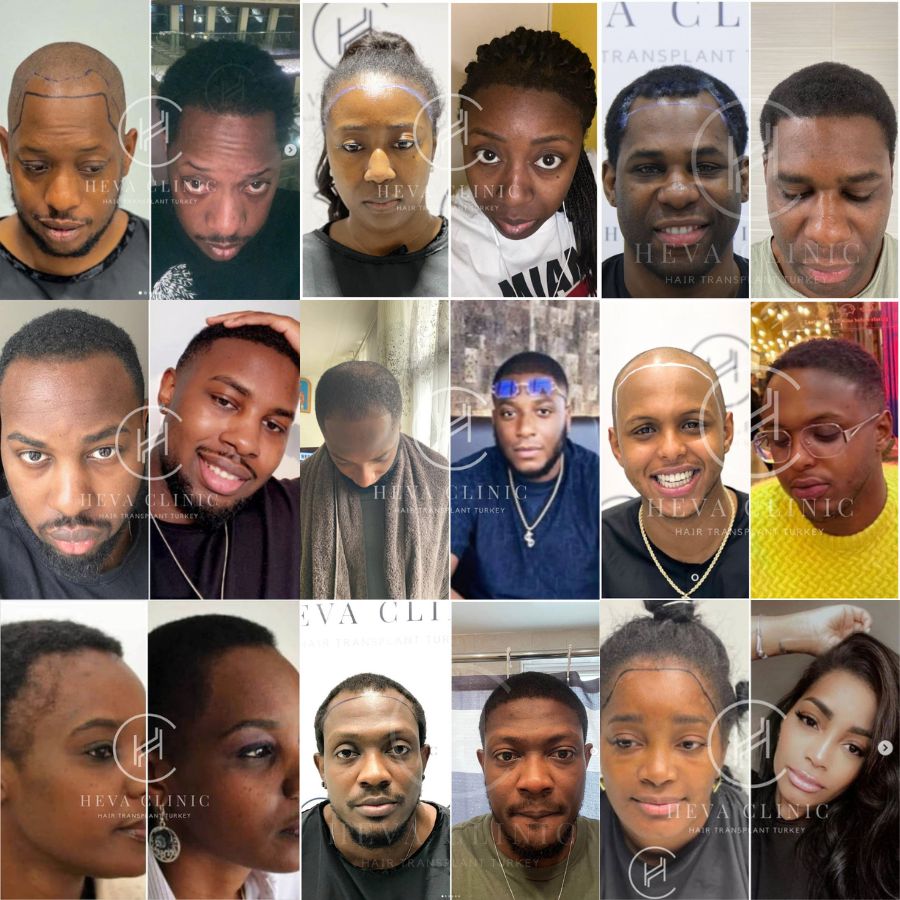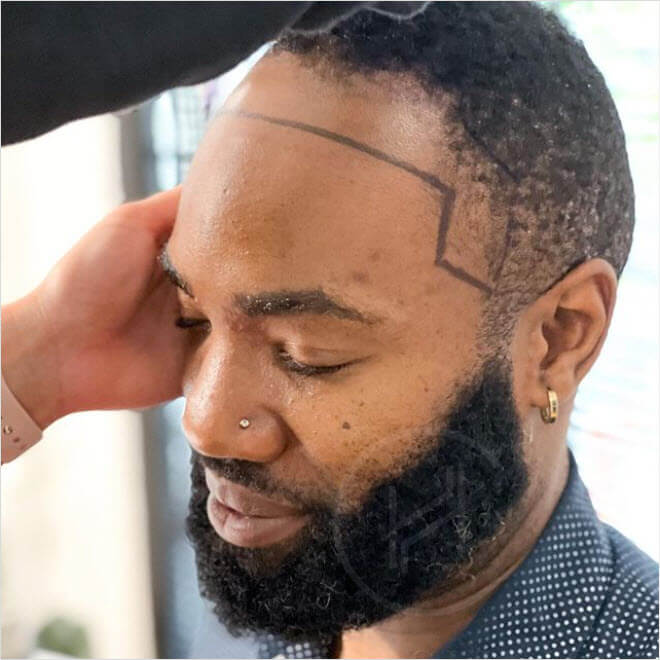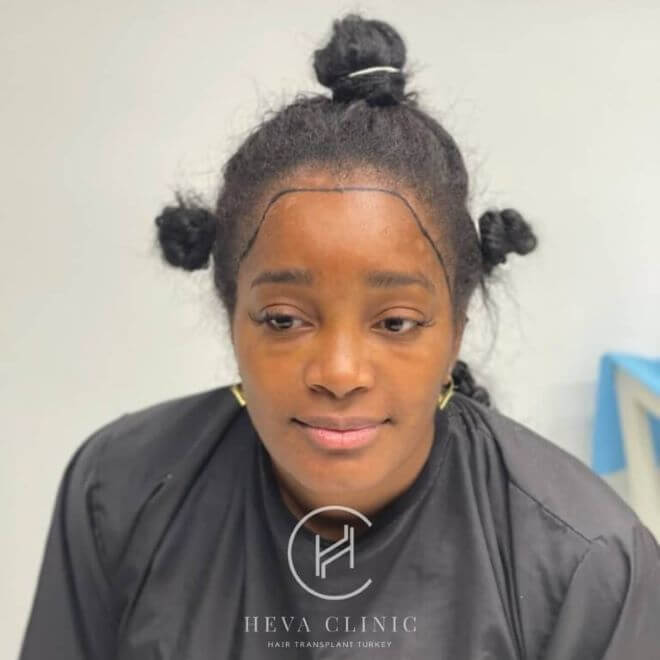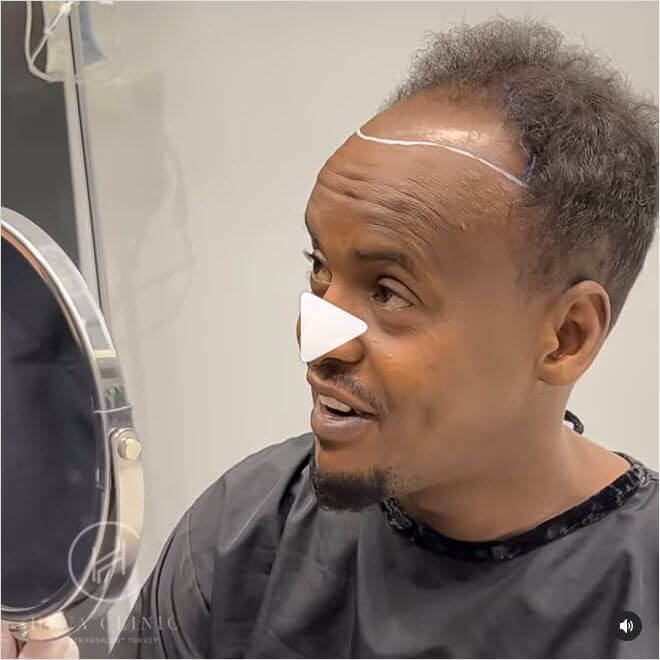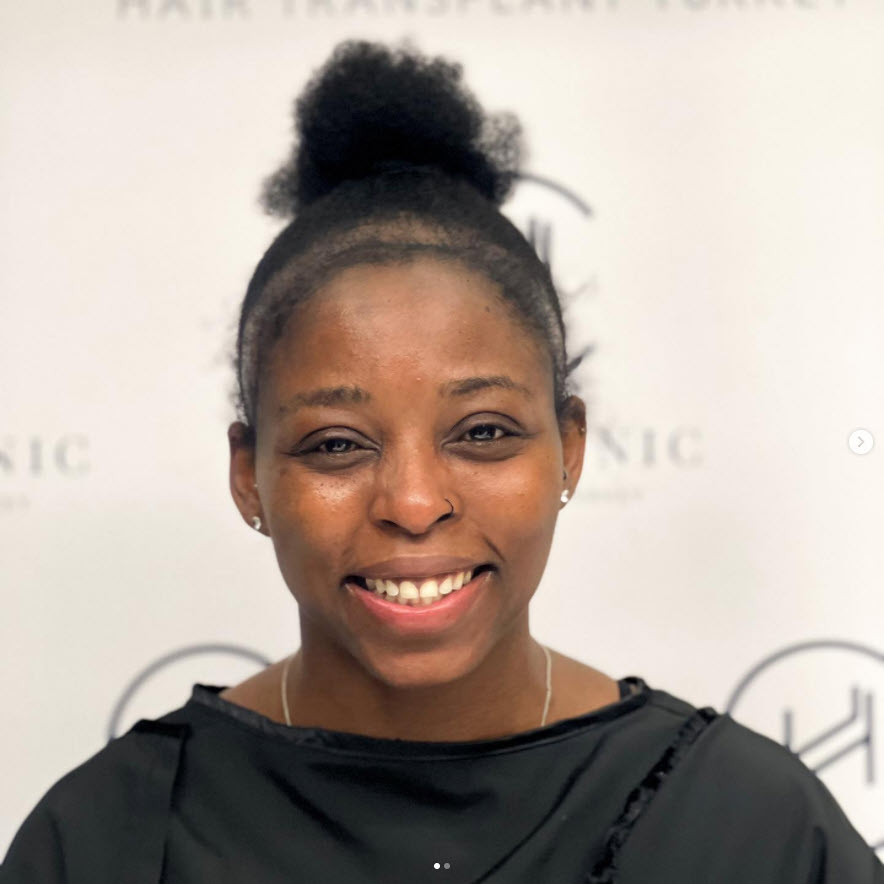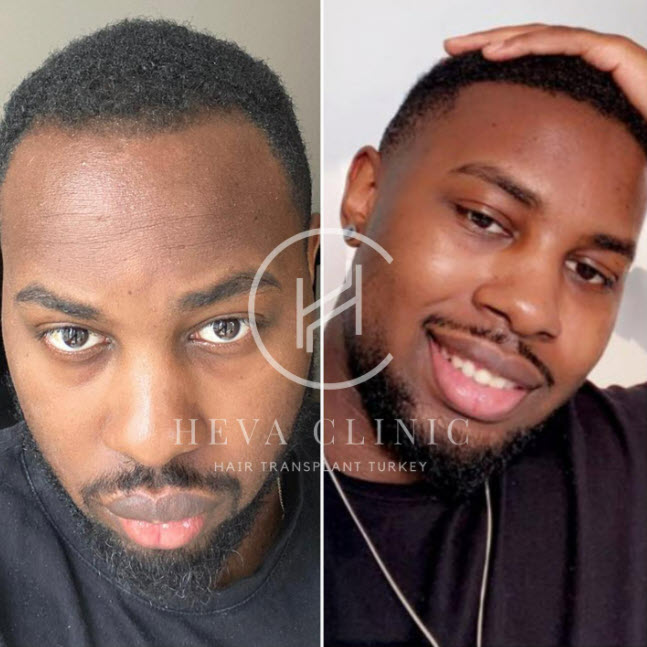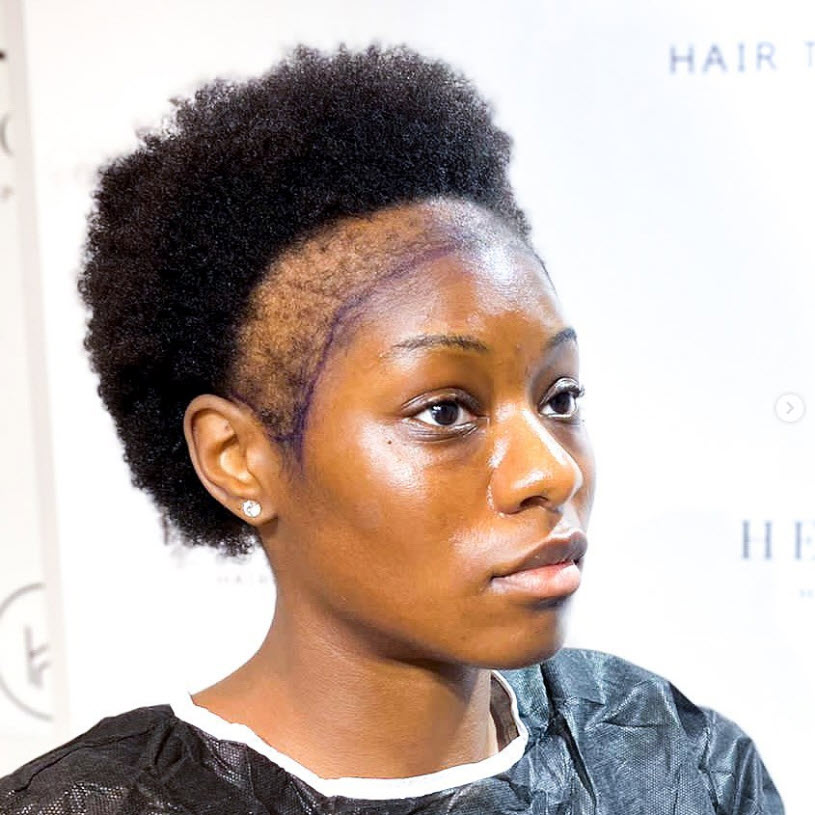All Afros are not the same. These beautiful crowns have various characteristics that can make hair care difficult, especially if you don’t know where you belong.
Knowing how to speak your Afro hair‘s language looks like a superpower reserved for a selected few. This can be ascribed to several reasons, including how hard it is to find helpful content detailing all African American hair types and their characteristics.
Here is a complete guide on all Afro hair types.
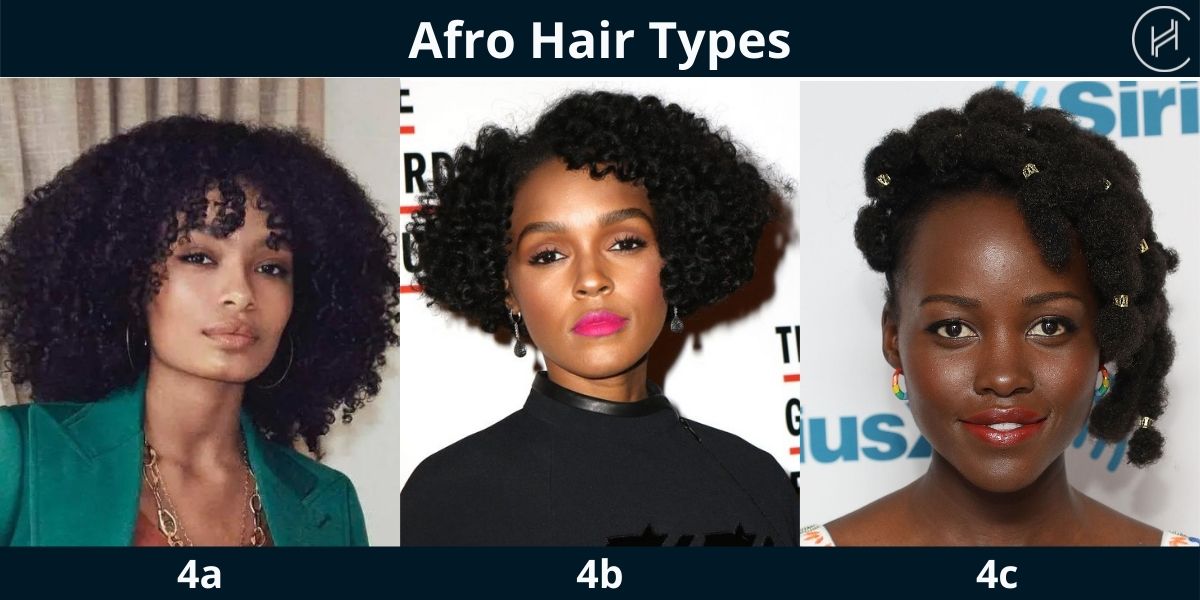
What Is Type 4 Hair?
Understanding your hair’s feel, look and texture is non-negotiable if you want to have a good relationship with your hair. Improving your hair knowledge can also come in handy when your hair begins to experience thinning and other hair growth challenges. Some of these issues are common and most visible as individuals age.
A study conducted by the International Society of Hair Loss Restoration revealed that hair loss affects over 80 million Americans, and two-thirds of black men experience hair loss before age 35. For this reason, knowing your hair type can be crucial in finding the best hair restoration options to remedy common hair challenges.
Even if you’re to opt for hair restoration remedies like an Afro hair transplant, you’ll need to know how the surgery works for different Afro hair types. Remember, natural Afro hair is unique in all its features. However, many black and biracial hair will fall under the type 4 hair category established by the Andre Walker hair typing system.
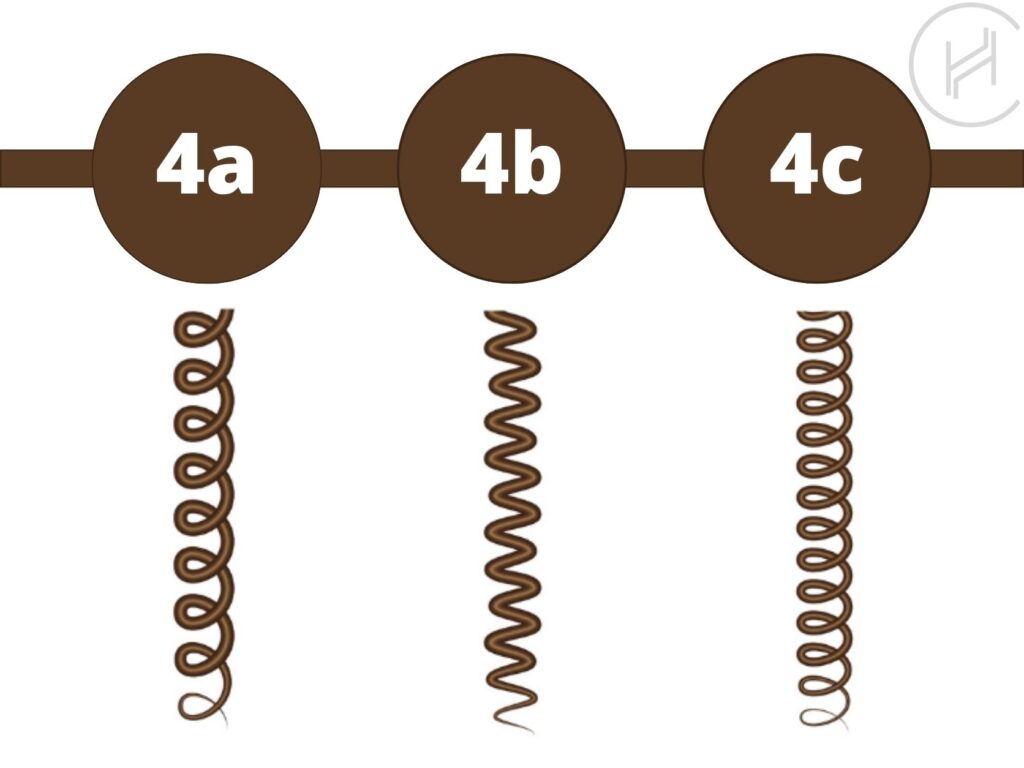
Type 4 hair is characterized by a kinky Afro hair texture ranging from tight coils to Z-angled coils. This Afro hair category, as largely seen in the curl pattern of black people, is naturally very dry and wiry, making it very fragile.
Often, type 4 hair looks coarse with hair strands tightly packed together. This has led many people to believe in a common misconception that type 4 hair doesn’t grow long.
Types of Type 4 hair
The uniqueness in the curl patterns of type 4 hair can be bifurcated into three main subcategories (like type 2 and type 3 hair) differentiated by the alphabets A, B, and C. This section delves into each specifically.
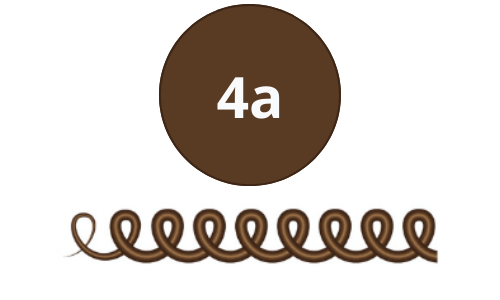
4A Hair Type
Type 4a hairs are easy to identify. Celebrities like Yara Shahidi and Macy Gray are all proud Type 4a wearers.
If your kinky curls form S-shaped spirals, you may fall under the 4a hair category. The spirals form a visible curl pattern akin to the circumference of a crochet needle. However, type 4a curls aren’t interlocked like other hair types. The curls are well defined, with each strand independently curling away from neighboring strands, creating loosely packed medium-sized and springy curls.
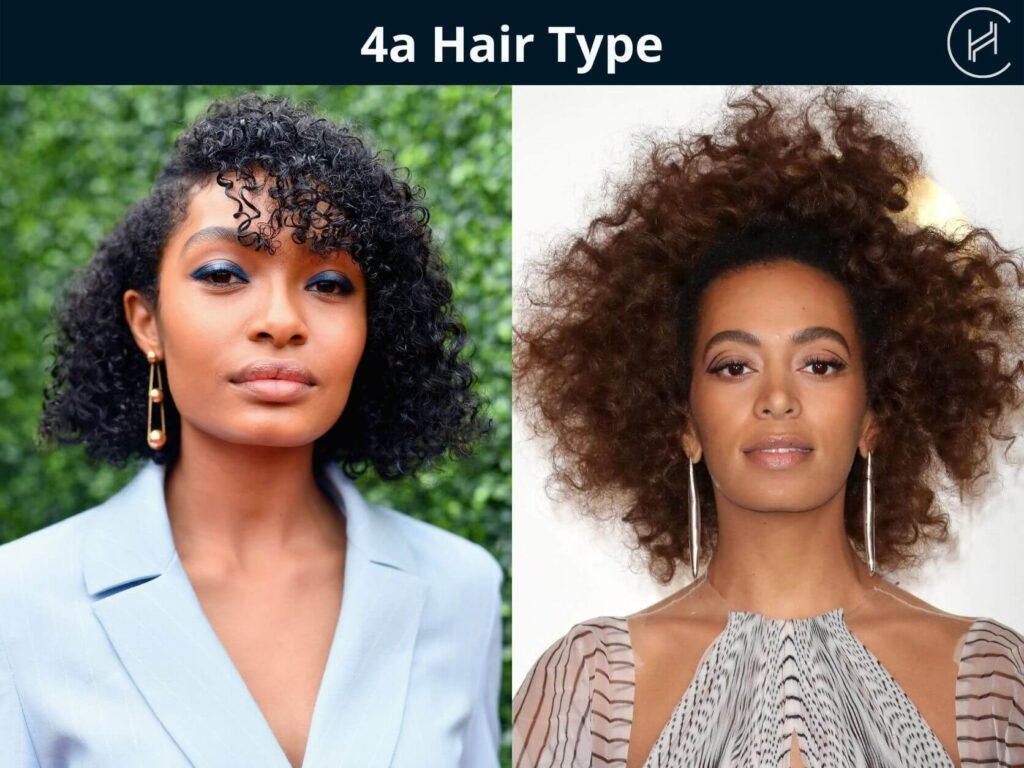
The loose curls reduce the type 4a hair category’s risk of breakage. Also, this curl pattern makes it easier to style and handle, giving wearers a slight advantage. Just a quick wash and go method can suffice on any day. Another key indicator of Type 4a hair is the texture. Type 4a hair texture can be fine or wiry, with its few cuticle layers breaking easily due to its low natural protection.
Type 4a hair demands a lot of moisturizing to prevent hair breakage or hair damage. There are several ways and products to help you moisturize your hair. Water can be a great alternative if you’re lost for choice. You can keep a sufficient amount of clean water in a spray bottle. Spritz the water into your scalp, massaging it and your favorite oil into your hair to entrench the juicy moisture.
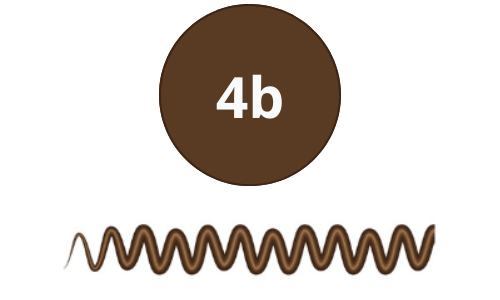
4B Hair Type
The curls in the type 4b hair category are densely packed, and are similar to type 4a hair. Its middle position between 4a and 4c is because type 4b curls are tighter than 4a, yet can’t compare to 4c when it comes to hair compactness.
Unlike 4a, 4b curls are less defined and smaller, with texture ranging from wiry and coarse to fine and thin due to the bends on the hair strands.
Type 4b curls have zigzag pattern. The strands form a curly Z shape when you grab and gently pull one down. However, ensure not to stretch your hair when it’s dry, as it can lead to brittleness and breakages.
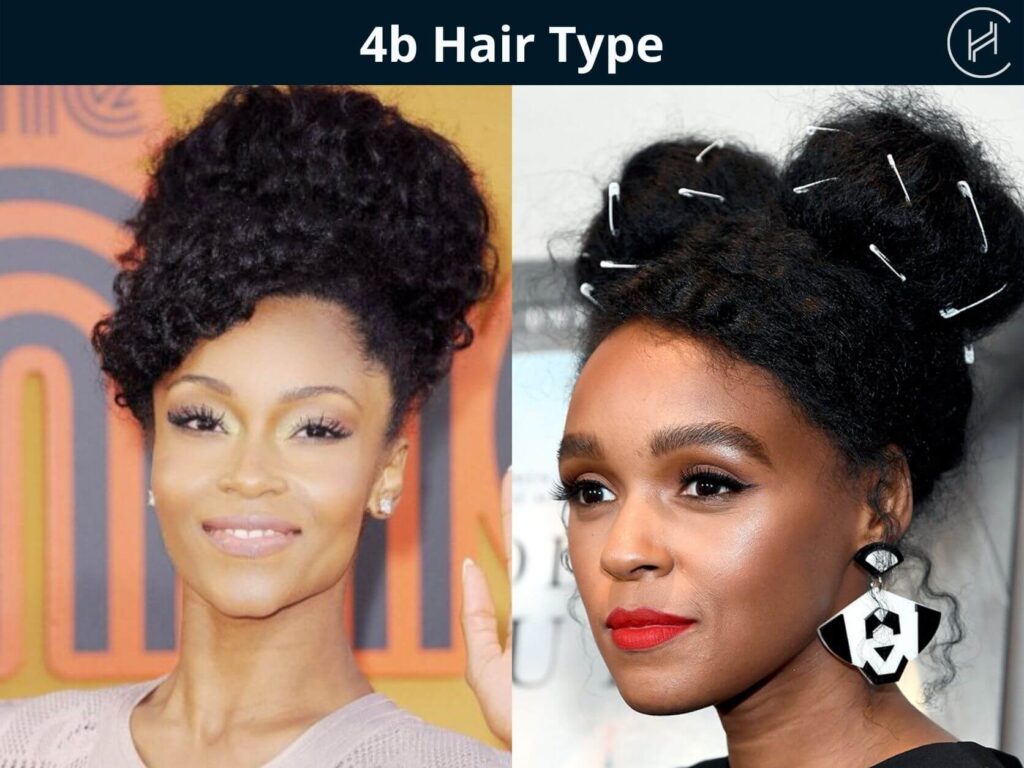
Another common trait of type 4b hairs is the cotton candy look you’ll find with popular celebrities like Lauryn Hill and Esperanza Spalding. Type 4b hair can be hard to manage. Studies show this hair category is 70 percent prone to breakage and shrinkage. Often, it can form single-strand knots, tangling into a bird’s nest.
For this reason, you need a lot of moisturizing oil to keep your hair’s shiny nature. Argan, coconut, and grapeseed can all be good oil examples for your hair.
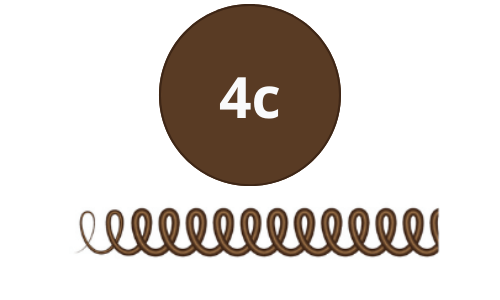
4C Hair Type
Among all thick and bold Afros, the 4c hair type stands tall as the ultimately thick. If your hair is of the 4c type, you may see small springs or coils instead of dense curls like 4a and 4b hair types.
The appearance of the 4c hair type is difficult to pin down. You’ll find a mixture of S or Z patterns if you look closely. Type 4c hair may also look shorter than it actually is because of its heavy shrinking feature. It has a shrinking capacity of about 70 percent when the hair is not stretched out.
However, the uniqueness of the 4c hair type is inherent in the coils. Coils are not like curls. When your hair is curly, you’re likely to see easily identifiable spiral stands. In contrast, coily strands are smaller and hard to identify from a distance.
Type 4c hair doesn’t have a defined pattern, and the hair strands do not clump easily. To clump the strands, you’ll need to resort to styling. Braiding, twisting, or shingling through the type 4c hair strands can suffice.
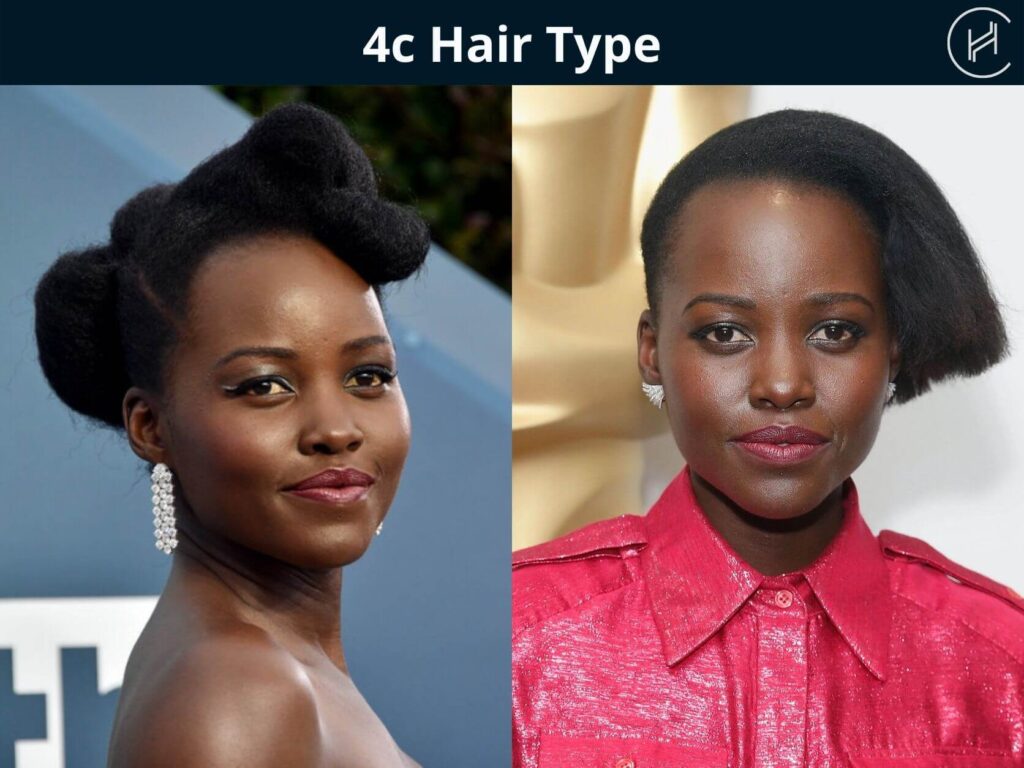
The texture of this hair type is not too different from 4b. It also ranges from soft, fine, thin, and coarse to densely packed hair strands. The only difference is its tightness and non-defined pattern.
Coily strands are tightly wound around each other, making the hair susceptible to snap or break without care. It’s not surprising that many hair experts deem the 4c hair type as the most fragile in the hair typing system.
Experts advise type 4c hair wearers to use silk and sating caps when sleeping due to the hair’s breakage rate.
Why You Should Know Your Hair Type?
Generally, hair types are expansive, and you will likely find new and essential information the more you look. What’s the fuss about understanding African American hair types, and why does it even matter in the first place?
The fashion and beauty world not understanding and recognizing the differences between Afro hair types cost many African Americans a lot of challenges with their Afro hair such as finding a suitable hair product or a clinic for hair restoration. As an Afro wearer, there’s a likelihood the people you trust with your hair are clueless about its magic. At the very least, you need to wield the responsibility yourself. Our clinic knows the uniqueness of afro hair types and provides the best hair restoration results. See our life-changing afro-textured before and after photos.
To each Afro-haired individual; their own hair type and story. Your hair type affects many things, including your hair’s health and how the best routines for its maintenance. Sometimes, it’s tempting to brush off little things like the type of comb you use for your hair since they may not result in immediate damaging effects, but the eventualities almost always happen.
1- Choosing the right product
For instance, you can use a regular comb for your 4c hair, but your hair’s coils may not blossom fully if the comb doesn’t fit your hair coils. Therefore, it takes an adequate knowledge of your Afro hair type to treat it better. Apart from choosing the right combs and using them appropriately to let your Afro hair pop, knowing your hair type can also help you choose the right hair products and the right surgeon to go through a hair transplant operation.
The beauty market is awash with numerous hair products. But not all will foster your hair’s growth; such as relaxers may cause hair loss. Some manufacturers realizing this, have tailored some products to customers’ unique hair types. The best way to ensure you’re not shopping blind is to know what your hair demands are based on the characteristics of its type.

2- Finding your hair style
One other thing that significantly affects hair growth is the wrong hairstyle. Yet, many people pay less attention to the impact of different hairstyles on their hair’s health. Some hairstyles can damage your hair follicles, leading to hair loss and thinning in Afro-wearing men and women.

3- Having a healthy scalp
The fragility of natural Afro hair can be linked to sebum production. The bends in your Afro hair limit the flow of sebum from the scalp to the shaft, causing pain and little bumps around the follicle. You’ll likely experience these symptoms if you wear too tight hairstyles. Knowing your hair type can help you determine the level of tension your hair can take, especially for black women when opting for signs and extensions.
How To Find Out Your Hair Type If Your Hair Is Too Short
If you are reading this page, finding your hair type should be an easy process. You can gently pluck out one strand of your hair and examine it closely under a bright light. It will expose your Afro hair’s curly or coily pattern so you can determine what shape your hair growth takes.
Unfortunately, not everyone has the benefits of long hair to partake in this exercise. So how can you identify your hair type if you realize it’s too short to check, say under one inch?
First, understand that your hair seldomly changes. This has a lot of upsides. It means you’ll have not to repeat this exercise after your first try. It also means that trying this exercise once will give you hair maintenance insights for a lifetime.
With this understanding, you can be more patient in anticipating your hair growth. You may have to falter on your regular barbershop visits if your hair is short. You can push your next haircut back for as long as it takes to get a long-enough strand for this exercise.
FAQs
Several strategies exist for African Americans to determine their hair types.
One of them is by familiarizing yourself with Andre Walker’s Hair typing system. What started as a strategy to sell hairstylist Andre Walker’s line of hair products has now become a universal baseline for multiple black hair types.
You can also determine your hair type using the style retention method. The Afro hair beauty landscape is home to numerous hairstyles. Some hair types retain specific styles than others. If your hair is coarse, you can retain a hairstyle longer than fine hair wearers.
That’s because coarse textured hair types are resistant to humidity and other weather conditions. On the other hand, fine hair is often characterized by thin and weak strands which cannot hold curls for longer periods. You can rely on the strand pattern if you want to tell a Black male’s hair type.
The strength of most hair types is inherent in their textures. And the battle for the strongest hair is between silky and thick hair types. The silky texture of fine hair makes it delicate. Fine-haired individuals may have higher hair volumes, but the protein structure of each hair strand makes the hair collectively weak to hold styles and curls.
Thick Afro hair, particularly type 4, is very strong. It contains all three hair layers: cuticle, cortex, and medulla. It’s not surprising that coarse hair always appears full. The medulla, the innermost hair layer, features a series of empty spaces filled with air and protein. The more protein your hair has, the fuller and stronger your hair become.
Takeaway
Generally, African American hair types are unique in their own rights. And caring for your hair without knowing its features and how they respond to different styles, products and routines can be dangerous. Hopefully, this guide can clear your doubts about your hair and determine your hair type to help you keep it popping and healthy.
If you have been considering going through a hair restoration procedure such as afro hair transplant, our afro hair experts can advise you the best possible solution.

